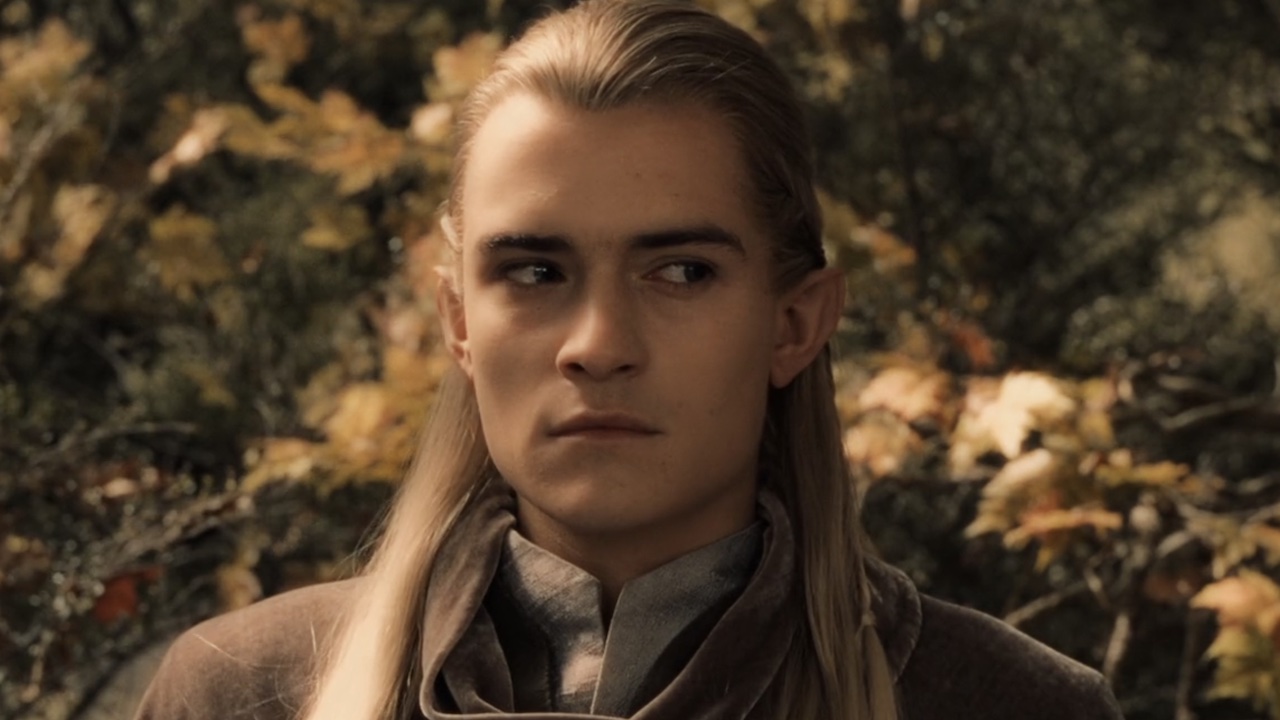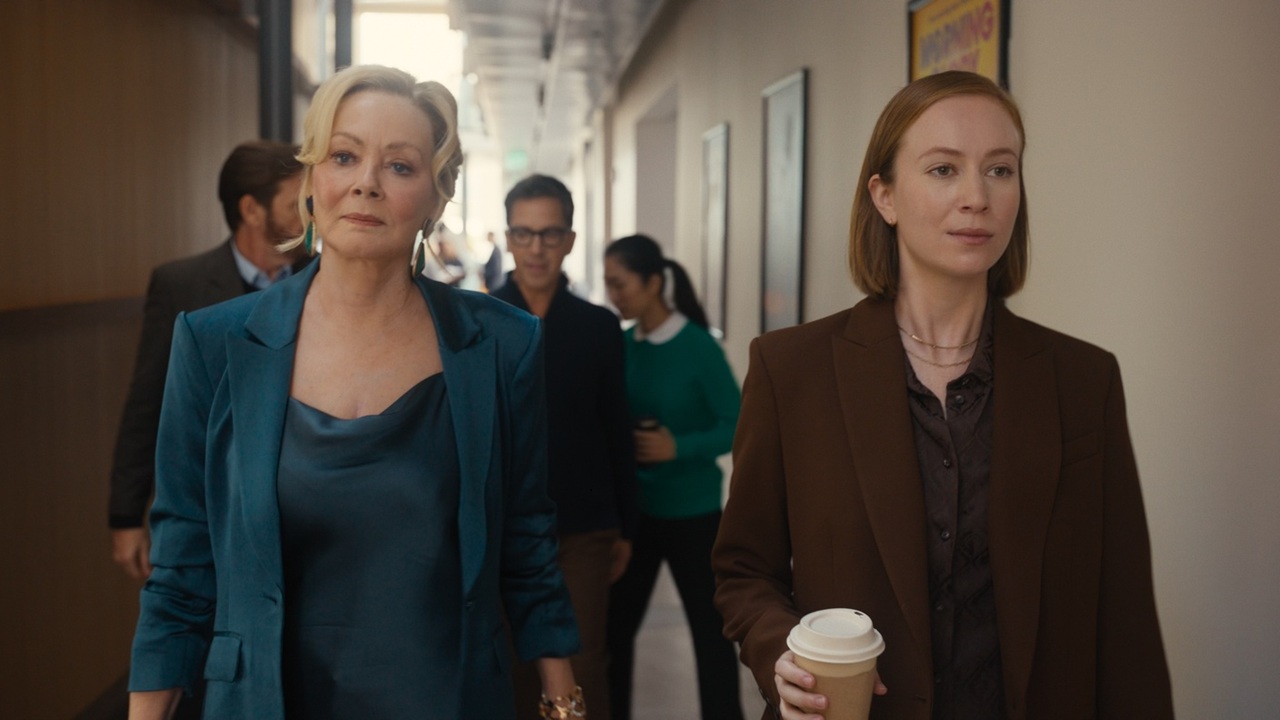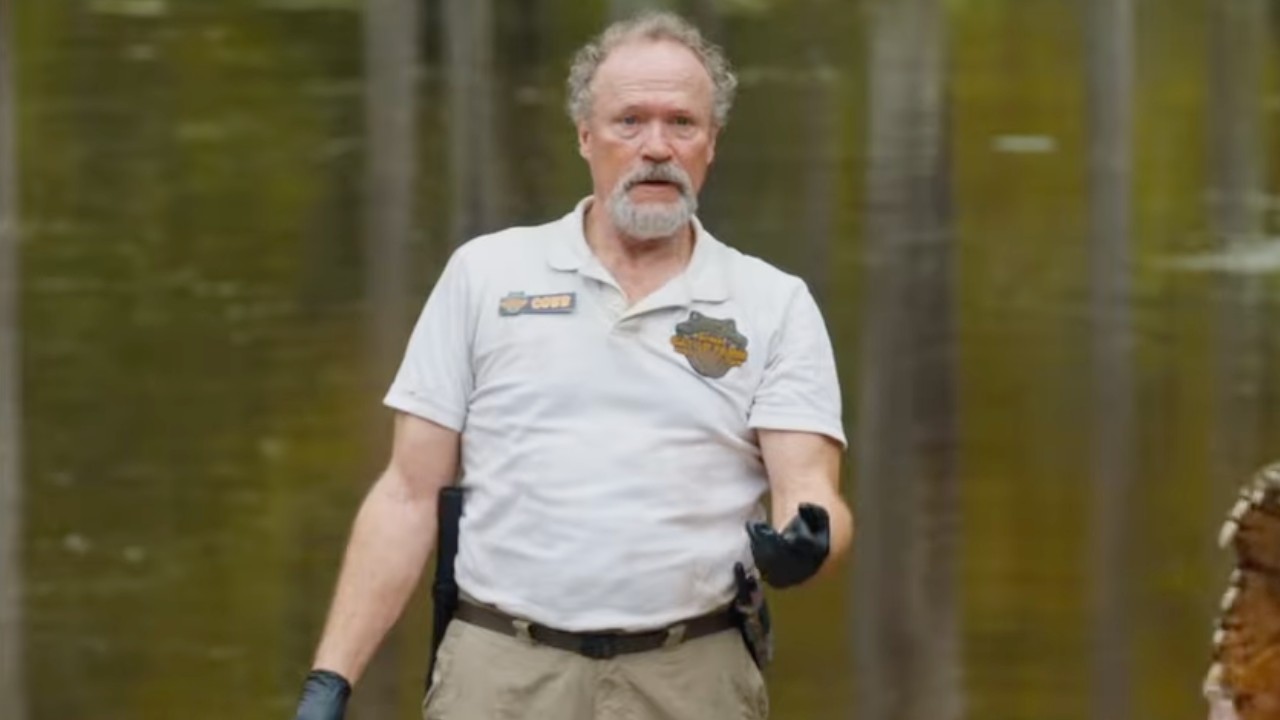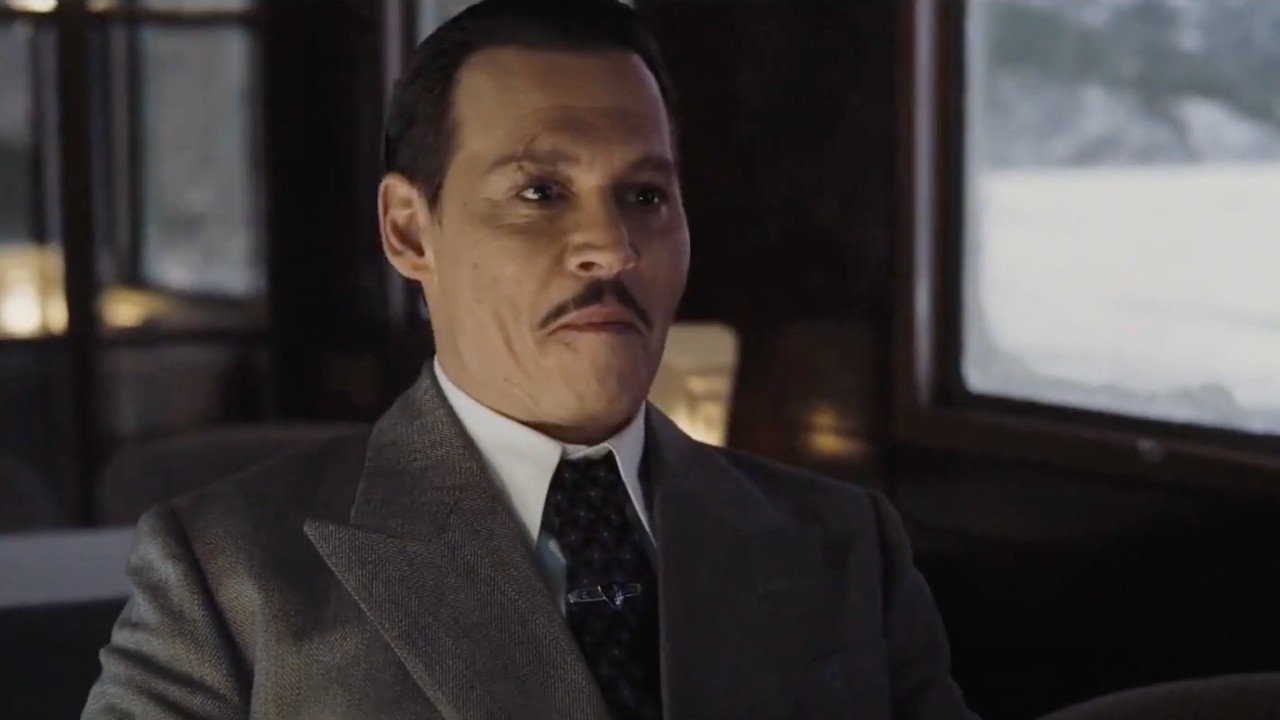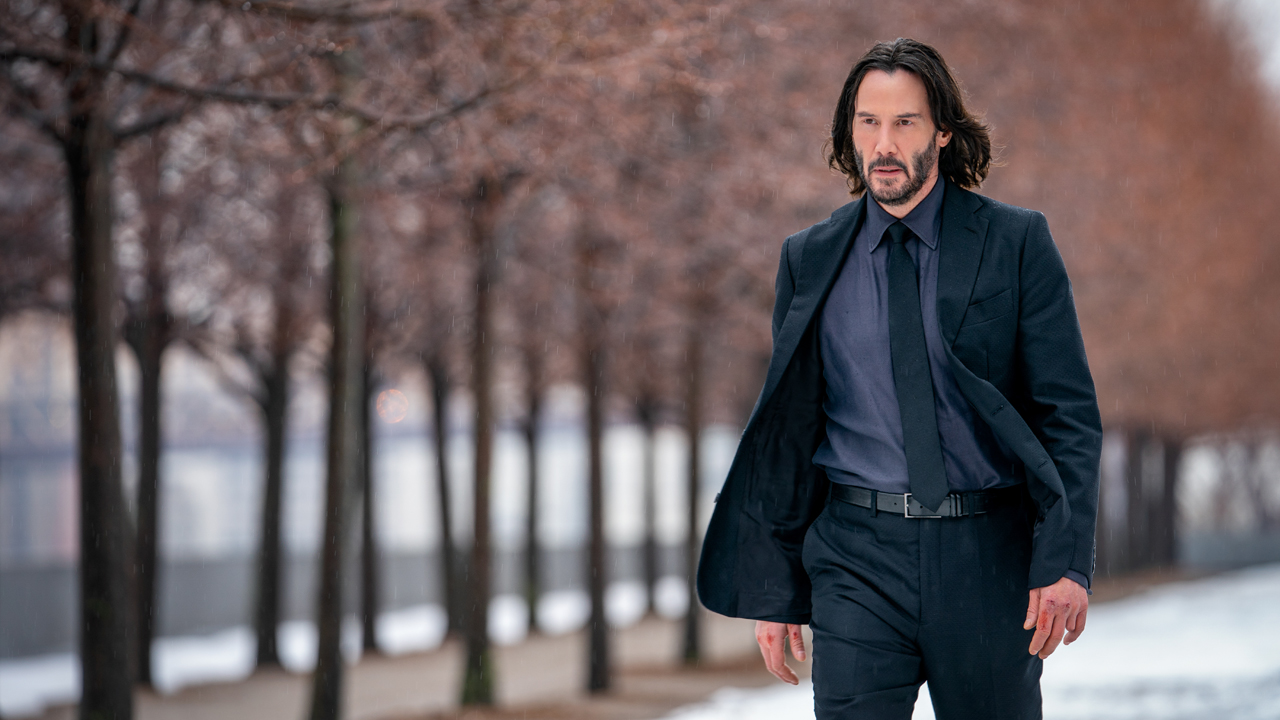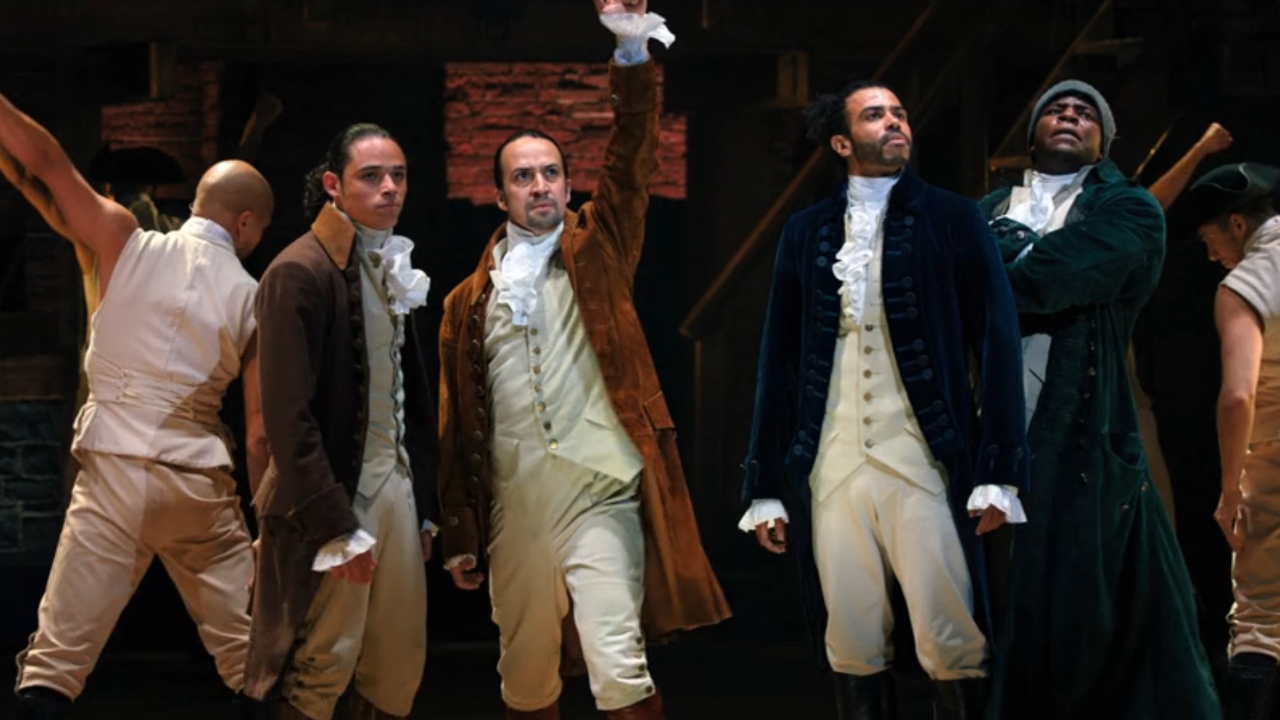Citizen Kane And 8 Other Movies To Stream If You Want To Impress Pretentious Movie Fans
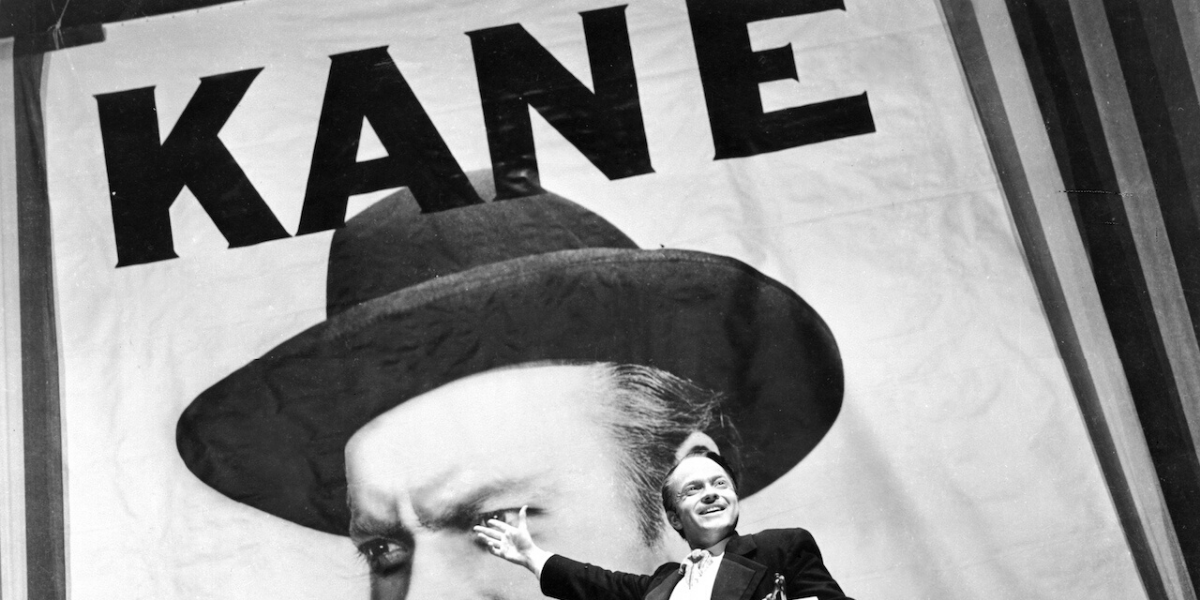
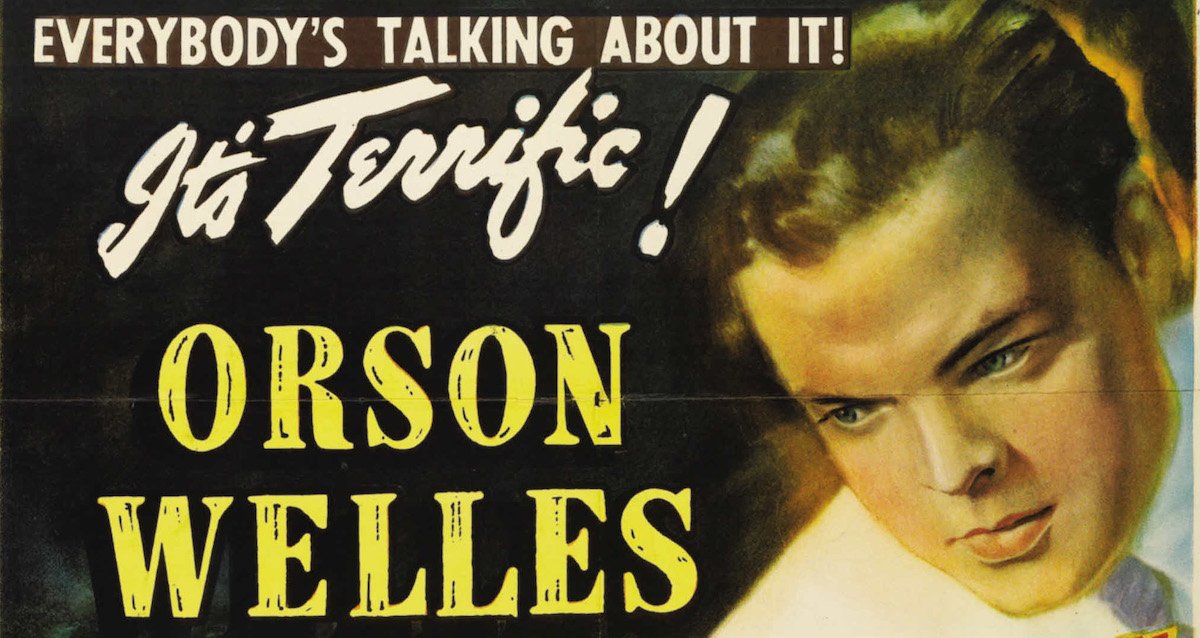
CinemaBlend participates in affiliate programs with various companies. We may earn a commission when you click on or make purchases via links.
Movies have been a cornerstone of entertainment for over 100 years. In that time, there have been films so iconic that their influence can be seen in many of the movies we watch today. Recognizing homages to said films is a fun and rewarding cherry on top of the viewing experience. However, there are people out there who love to pretentiously point out those moments (admittedly, I am guilty of this) and insist that you must watch the aforementioned classic movies.
But not everyone has time to dive into the full filmography of legendary directors such as Kurosawa, Wenders or Bergman, and it’s not as if Citizen Kane is playing on cable every day. Fortunately, there’s still plenty of films you can easily watch that are influential and stand the test of time. So, here's a list of movies that will impress you and your movie snob friends, from a pretentious movie fan himself.

Citizen Kane (1941)
Orsen Welles’s Citizen Kane is a scathing depiction of media mogul Charles Foster Kane in the early 20th century. The film serves as a jab at the super wealthy media conglomerates and their owners.
Why Watch It: You’ve more than likely heard of Citizen Kane, as it’s considered one of the greatest movies of all time and was one of the first films inducted into the National Film Registry. Any movie aficionado will be pleased to discuss the highly influential filmmaking of this classic.
Why It's Good: Citizen Kane was nominated for nine academy awards and won the Oscar for Best Screenplay. It is also hailed for Gregg Toland’s cinematography, which is considered way ahead of its time. Plus, Orsen Welles wrote, directed and starred in Citizen Kane. Not bad for a debut.
Rent Citizen Kane on Amazon here.
CINEMABLEND NEWSLETTER
Your Daily Blend of Entertainment News
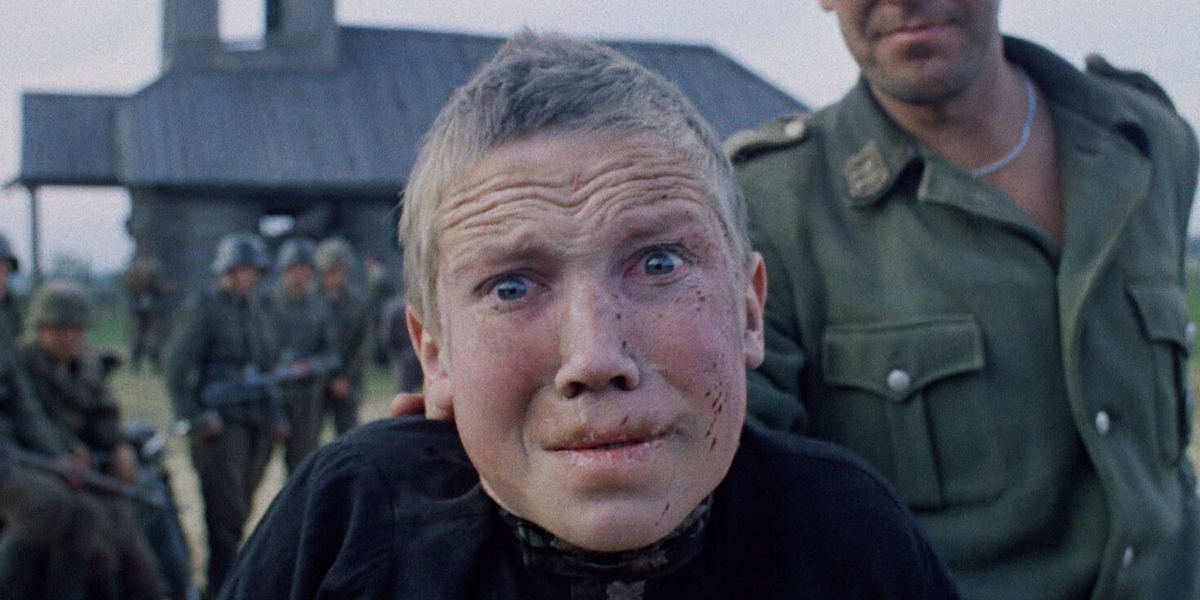
Come and See (1985)
Elem Klimov’s brutal Come and See is a glimpse into the 1943 German invasion of Belarus. The film follows a young boy, Florya, as he attempts to survive the harsh German occupation.
Why Watch It: Initially one of the harder films to find on this list, Come and See was recently made available through Criterion. The film struggled to reach the big screen until finally being approved by the Soviets after eight years. It features gorgeous cinematography and a harrowing performance by Aleksei Kravchenko. Come and See is now considered one of the most visceral and realistic film depictions of war. The crew even used live ammunition during filming. Be warned though, there is a scene where a live cow is actually killed on screen. Like I said, brutal.
Why It's Good: Klimov found unique approaches to camera work and sound in Come and See. His use of a steadicam is incredibly impressive and the choice of sound eerily amplifies the intensity of the disturbing events on screen.
Watch Come and See on Criterion Here.
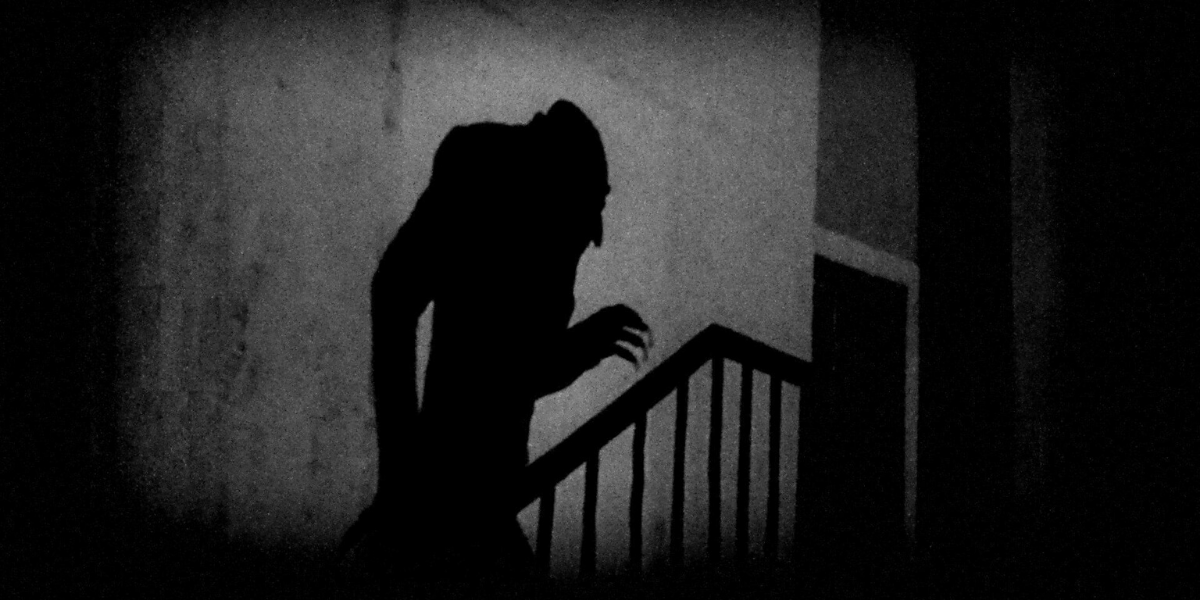
Nosferatu (1922)
F. W. Murnau’s horror classic is an adaptation of Bram Stoker’s Dracula. This silent film stars Max Schreck as the malevolent Count Orlock, who terrorizes a real estate agent and his fictional hometown of Wisborg.
Why Watch It: Nosferatu features some of the most iconic scenes in movie history, from Orlock creeping ominously standing in a corridor to creeping up the stairs. Film and television are still referencing this movie today. There’s even a reference to Nosferatu in Spongebob Squarepants.
Why It's Good: In addition to having an important legacy, Nosferatu is still horrifying after nearly a hundred years. The prosthetics and special effects are remarkably impressive for their time.
Watch Nosferatu on Criterion here.
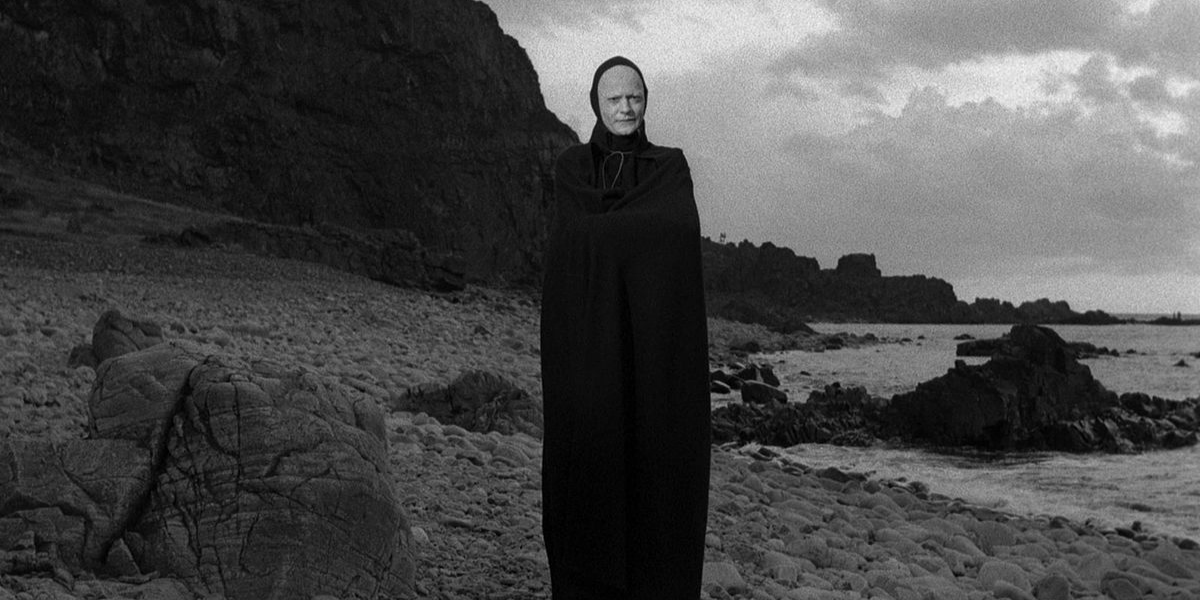
The Seventh Seal (1957)
Legendary director Ingmar Bergman’s The Seventh Seal stars the late Max Von Sydow as disillusioned crusader Antonius Block. After returning to plague-ridden Sweden he is challenged to a game of chess by Death himself.
Why Watch It: Ingmar Bergman is considered by many to be one of the greatest directors of all time. Known for his beautiful close-ups and mastery of drama, Bergam was behind the camera for some of the most influential films in history. Arguably, the most well known being The Seventh Seal. It’s full of beautiful dialogue, gorgeous shots and riveting performances by Max Von Sydow and Bengt Ekerot as Death.
Why It's Good: The Seventh Seal is an eerily apt film to watch in our current climate. It explores themes of death, community and religion in a time of uncertainty. Sounds kind of familiar to the current Covid-19 crisis, huh? The Seventh Seal is also surprisingly hilarious, with brutally nihilistic quips from the cast.
Watch The Seventh Seal on The Criterion Channel here.
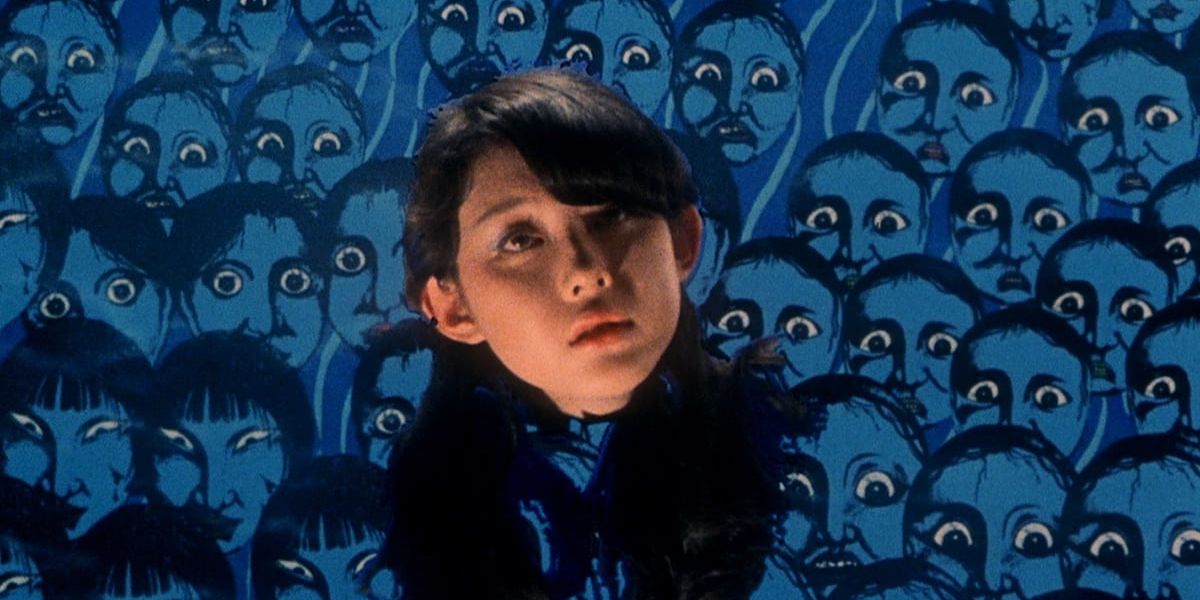
House (1977)
Nobuhiko Obayashi’s House is one of the lighter entrants in this list. House is a horror-mystery film that follows Gorgeous (surprisingly not the most ridiculous name in this movie) and her six best friends as they visit her Aunt’s haunted house.
Why Watch It: House is a wonderfully weird horror romp. The film bounces back and forth between cheesy melodrama, karate action and grisly horror. While that may sound like a lot, and it is, Director Nobuhiko Obayashi wrote the film based on the dreams of his young daughter. The entire film itself feels like a nightmare through the eyes of a child.
Why It's Good: The practical effects in House are just plain awesome and the set pieces have this groovy 70’s vibe. It’s a movie that’s so clearly influenced by Western culture but exists in 1977 Japan, so there’s some really fun blending of cultures and genres going on.
Watch House on Criterion here.
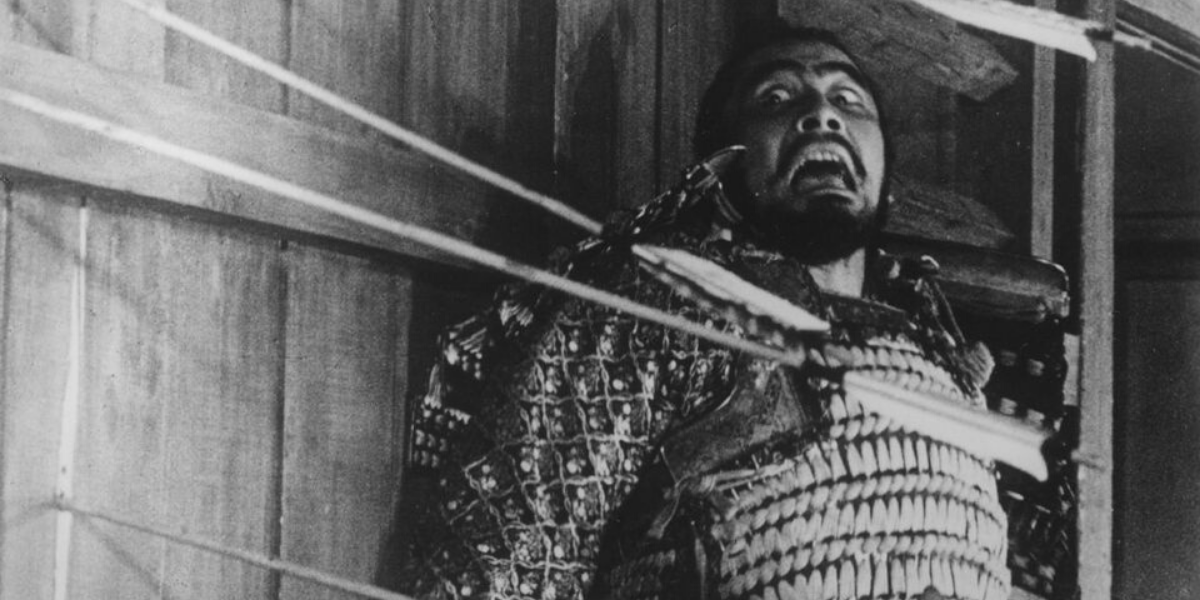
Throne of Blood (1957)
Akira Kurosawa’s Macbeth-inspired Throne of Blood stars Toshiro Mifune as samurai warrior Washizu, a dutiful soldier that struggles to fulfill a prophecy proposed by the Spirit of the Spider’s Web.
Why Watch It: Akira Kurosawa’s legendary career paved the way for Japanese cinema as we know it today. The director is regarded as one of greatest of all time and garnered massive popularity at home and abroad. Kurosawa collaborated with the prolific Toshiro Mifune and created a unique Macbeth adaptation in the context of Feudal Japan.
Why It's Good: There’s a reason that Toshiro Mifune has over 150 film credits. His performance in Throne of Blood is nothing short of incredible. He carries himself with such gusto that he rarely needs dialogue to express his characters emotions. Kurosawa also used real arrows during filming, which is incredibly impressive in Throne of Blood’s intense finale. Watch Throne of Blood on Criterion here.
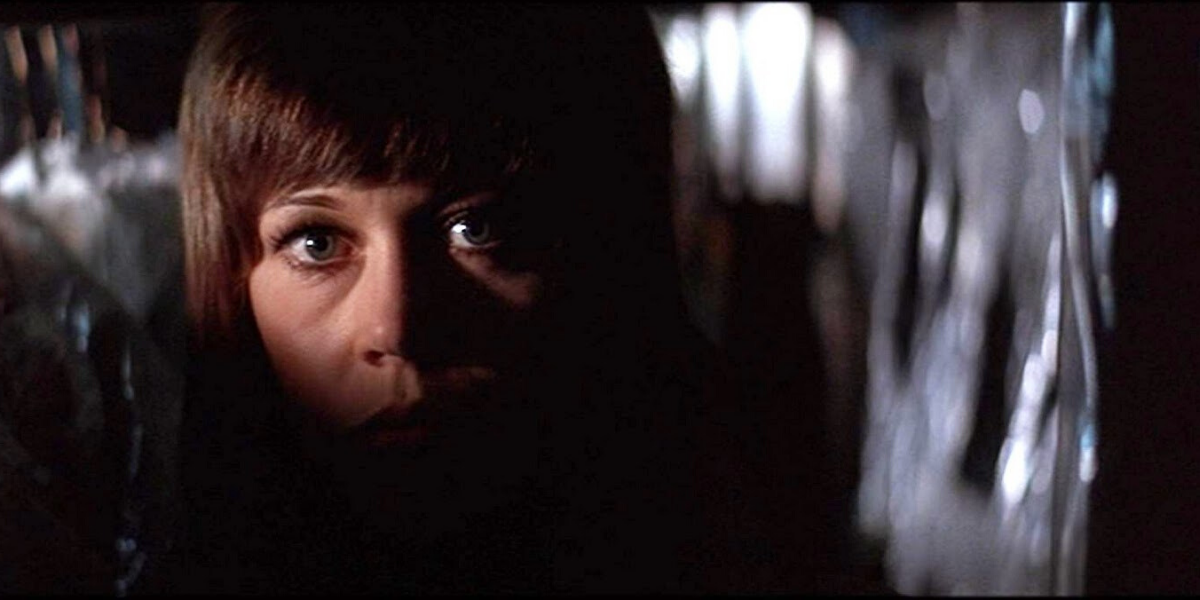
Klute (1971)
Jane Fonda plays a female prostitute caught up in a murder conspiracy alongside Donald Sutherland in Alan J. Pakula’s Klute.
Why Watch It: Klute earned Jane Fonda her first Academy Award, winning for Best Supporting Actress. She won shortly before her infamous visit to Hanoi in North Vietnam, after which she was largely black listed by Hollywood. Klute is also the first in Alan J. Pakula’s paranoia trilogy, which includes political thrillers The Parallax View and All the President's Men.
Why It's Good: Alan J. Pakula commands a creeping paranoia throughout the entirety of Klute. Certain scenes are Hitchcock-esque, with isolating and claustrophobic camera work from Gordon Willis. Plus, Jane Fonda sports some truly iconic 70’s looks.
Rent Klute on Amazon Prime here.
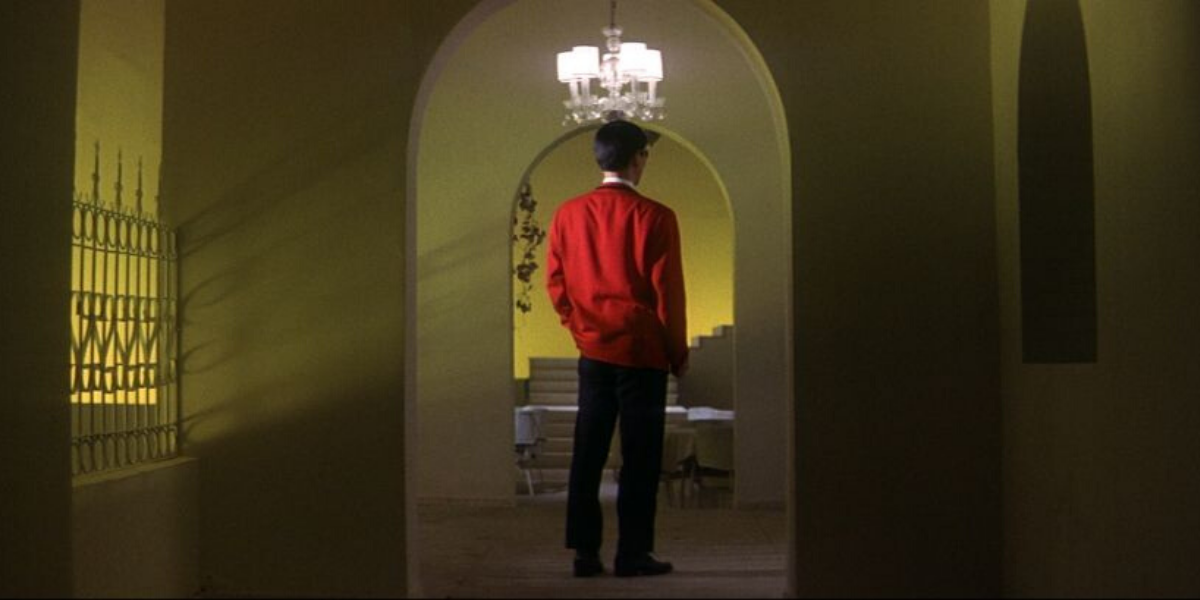
Tokyo Drifter (1966)
Seijun Suzuki’s Tokyo Drifter is a highly stylized Yakuza noir film starring Tetsuya Watari as mob enforcer Tetsuya "Phoenix Tetsu" Hondo.
Why Watch It: This smoldering noir has it all. Director Seijun Suzuki portrays 60’s Japan as vibrant and colorful while Tetsuya navigates the seedy criminal underworld. There’s backstabbing betrayal, gun fights and Tetsuya even hums his own theme song while taking down rival gangsters. It’s awesome.
Why It's Good: Suzuki’s avant-garde set pieces and lighting choices make Tokyo Drifter one of the most striking entries into this list. Every shot is handled with incredible attention and just oozes with cool. Its influences can be seen in numerous films, such as Kill Bill Vol. 2 and Drive.
Watch Tokyo Drifter on Criterion here.
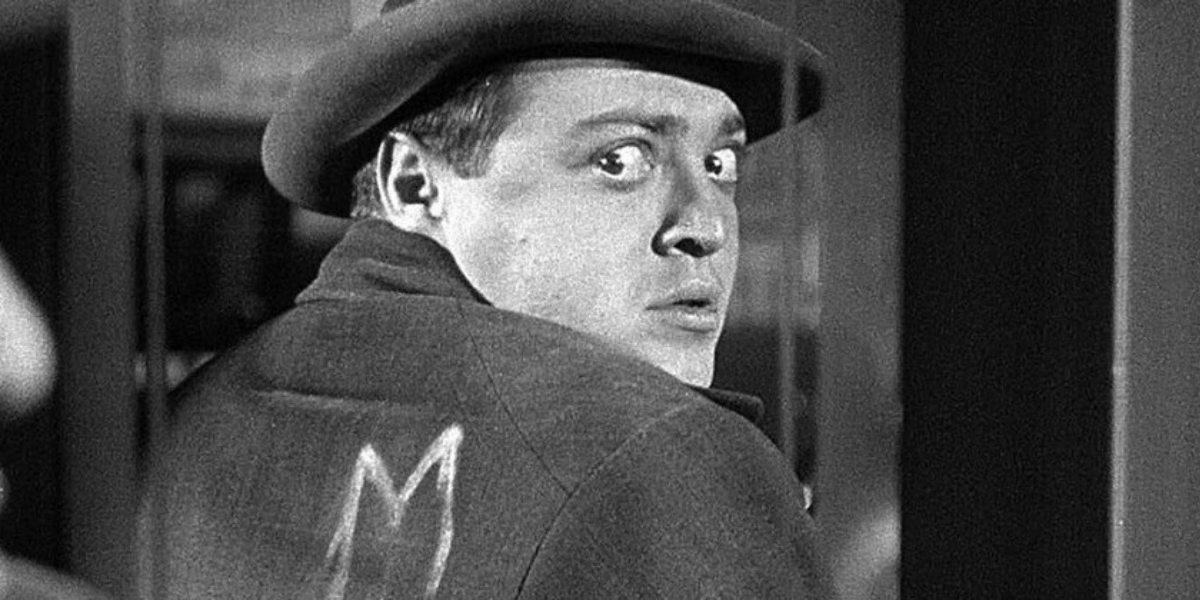
M (1931)
Iconic director Fritz Lang’s iconic thriller follows a serial killer as he terrorizes a large German town. The heinous murder of children leads to a city-wide manhunt that includes the police and criminal organizations alike.
Why Watch It: Lang considered M to be his favorite work and took great pride in the message of protecting children. In the early 20th Century it wasn’t common for films to explore such dark themes, especially the murder of children. Although it was initially quite controversial M ended up being an international hit.
Why It's Good: Outside of kick starting Peter Lorre’s career, M used storytelling techniques, such as diegetic and nondiegetic sound to amplify the suspense. Lang explored vigilantism and the idea of community in its commentary on modern society. Plus, M currently sits at 100% on Rotten Tomatoes and is frequently mentioned in the best films of all time movie lists.
You can watch M on Criterion here.
Into tracksuits by Paulie Walnuts, the Criterion Channel and Robert Eggers.




